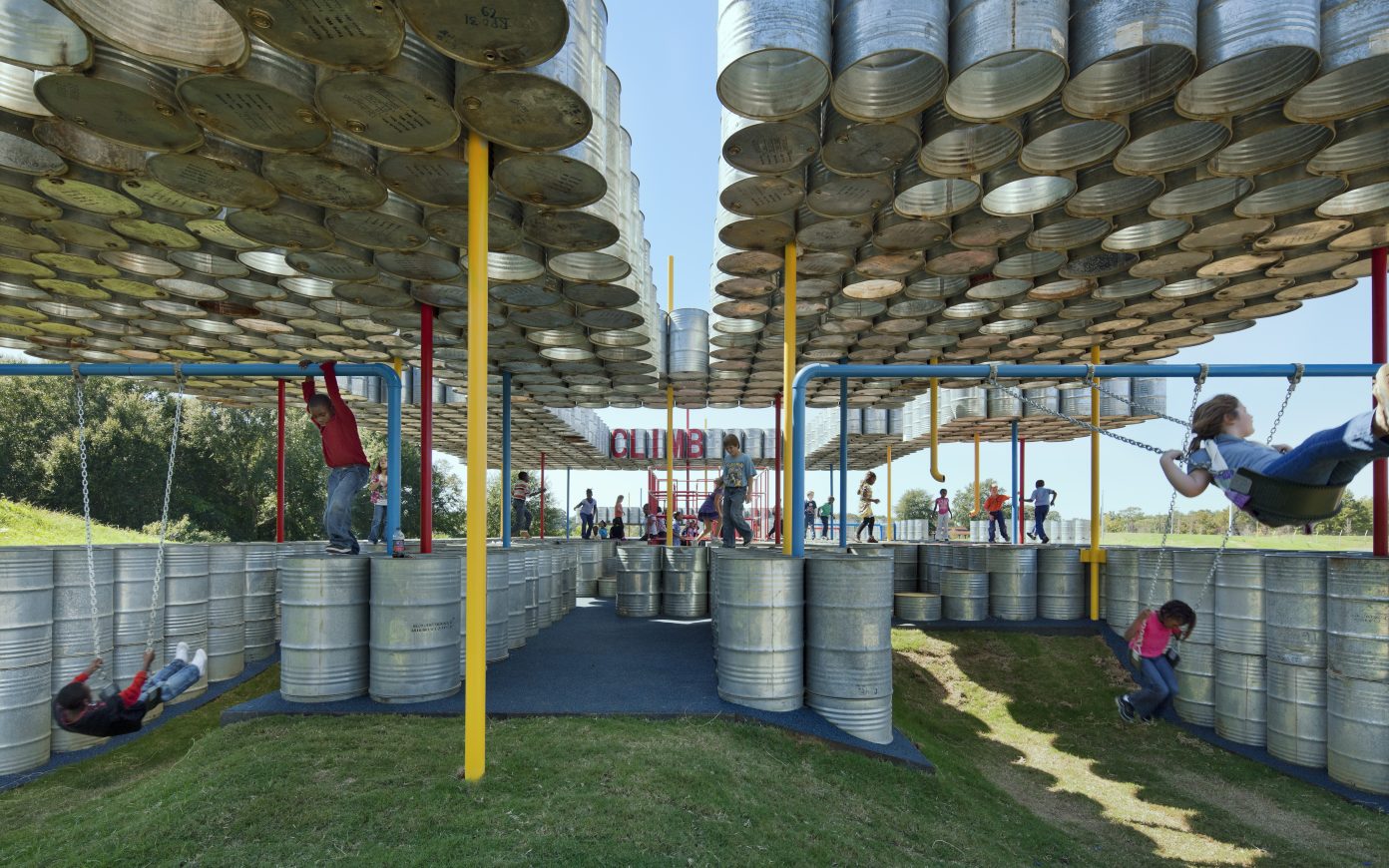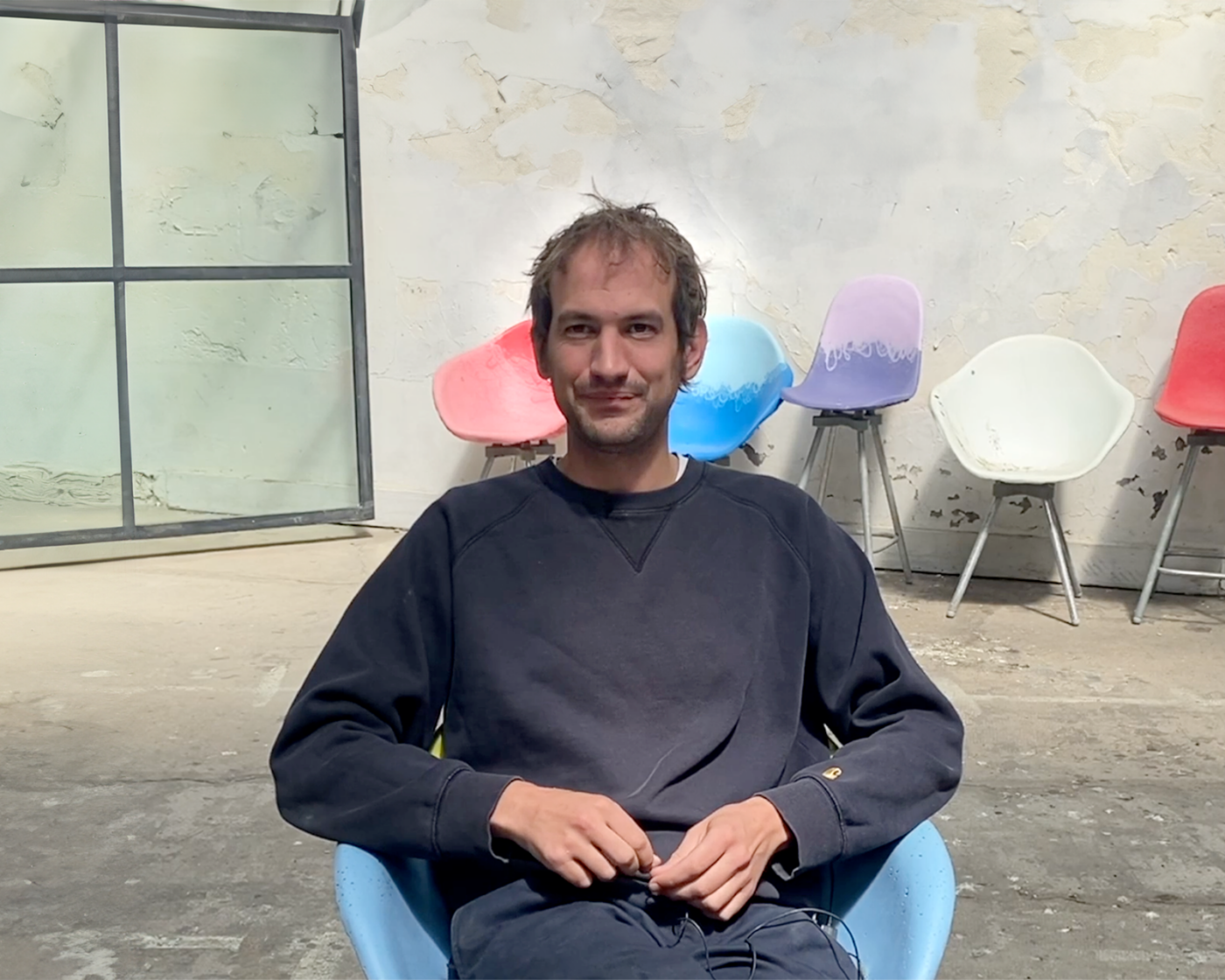The "Living" City or the Text-City
Reintegrating biodiversity into urban space raises profound questions about its natural ontological dimension. Specializing in narratives, philosopher Pierre Musso explores the history and confrontation of representations of the city as a machine or an organism, a game of metaphors that runs throughout Western thought. Seen as a giant automaton associated with industrialization, its assimilation into the living would be distinctly at variance with the onslaught of industry. The city is alive because it is creative and criss-crossed by flows of humans and materials, and also because of its vulnerability, exposed like every life-form to death by technical asphyxiation, overpopulation, or dispersion. Reliant on its networks, it is fundamentally reticular, from both practical and symbolic points of view. The success of the idea of the city also forms a counterpoint to the idea of the automatic city, the smart-city, guided by algorithms, data, and artificial intelligence. The city is thus primarily textual in nature, a medium for our imaginations, fears, and projections.












